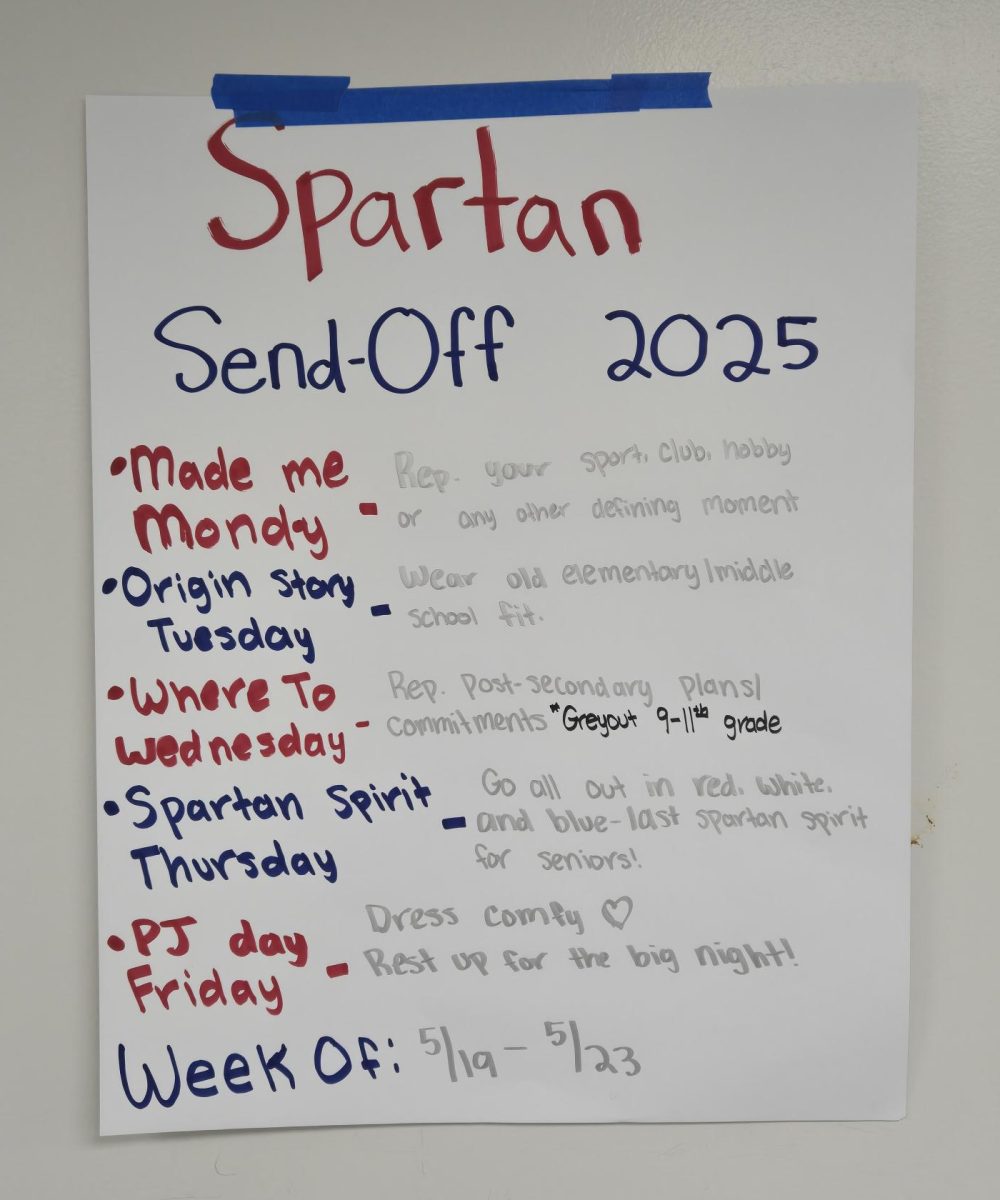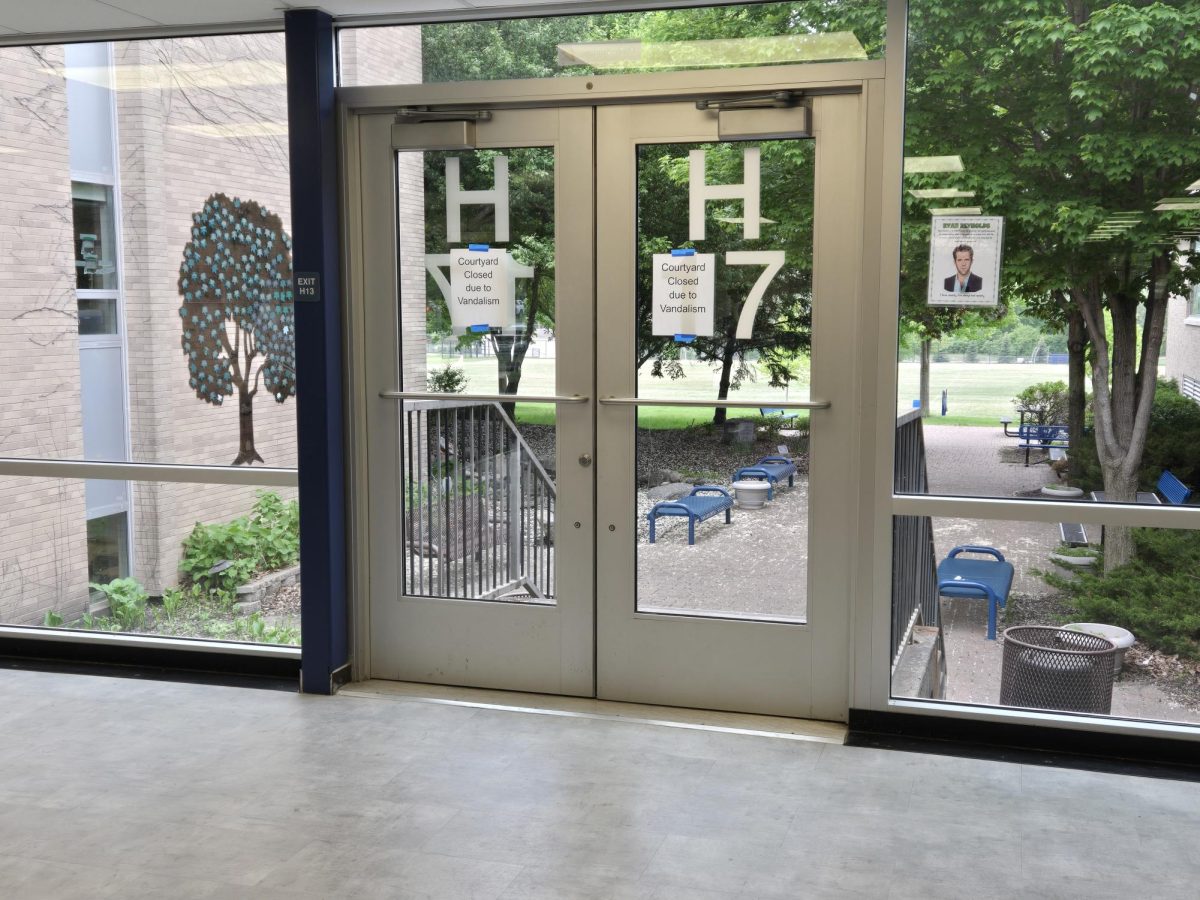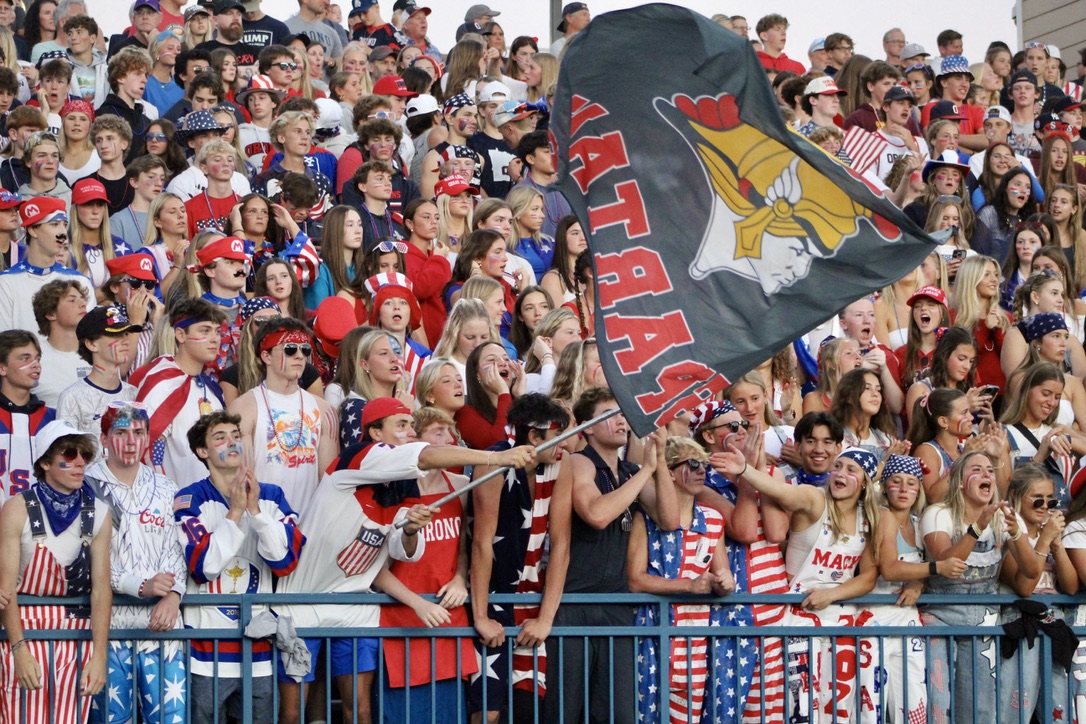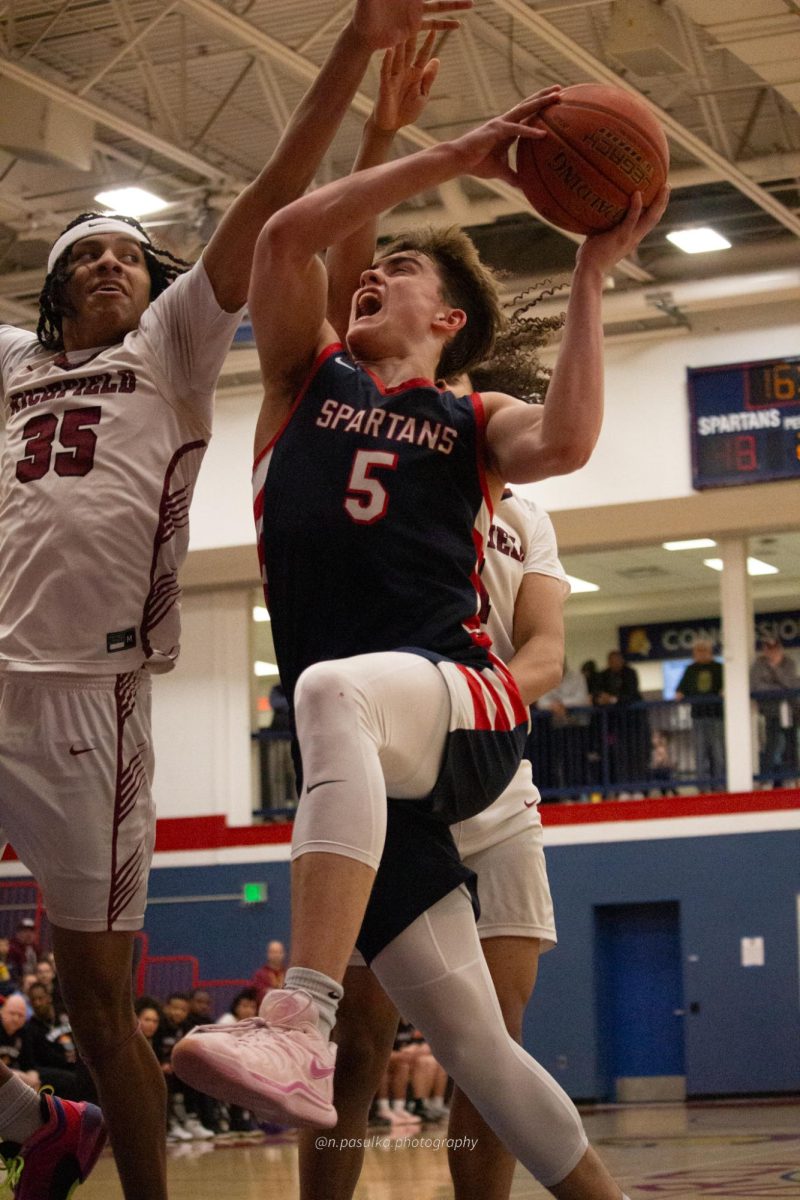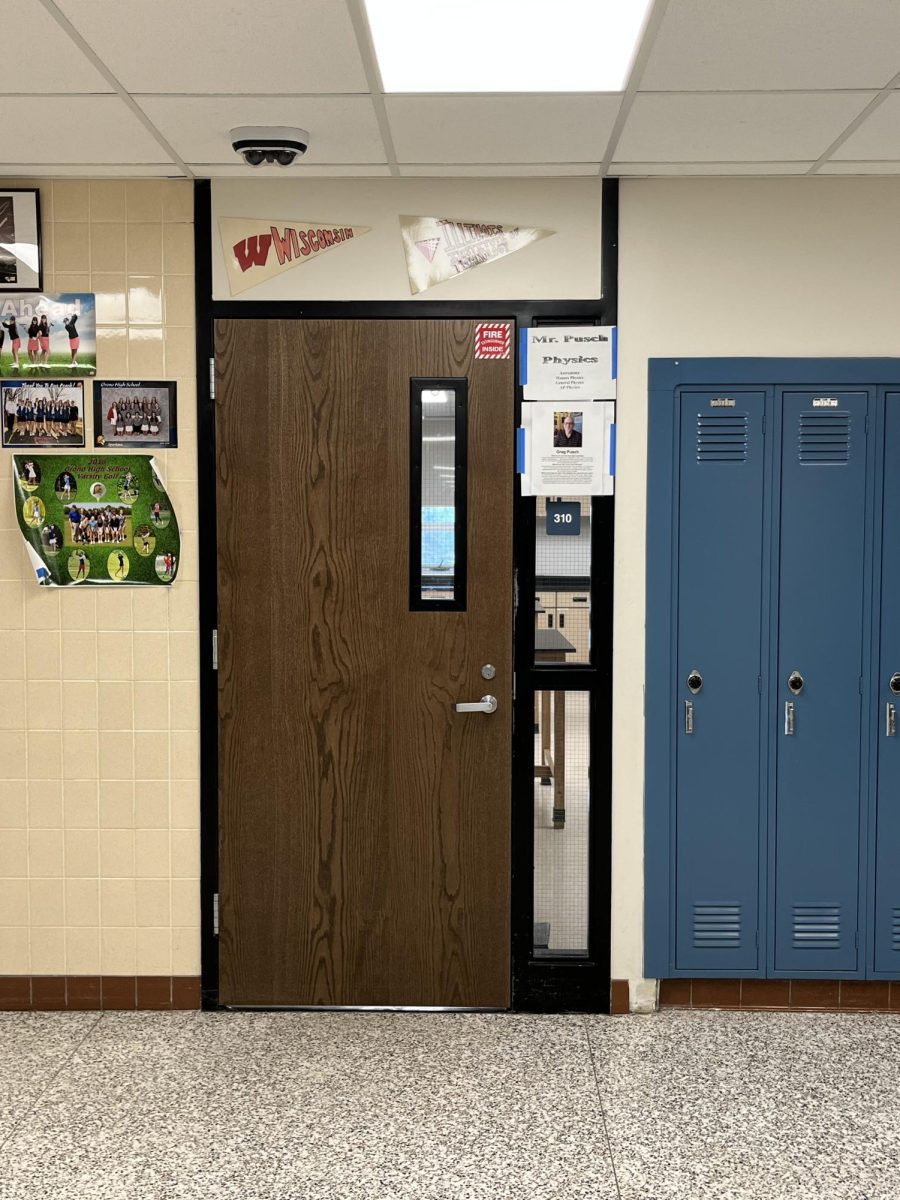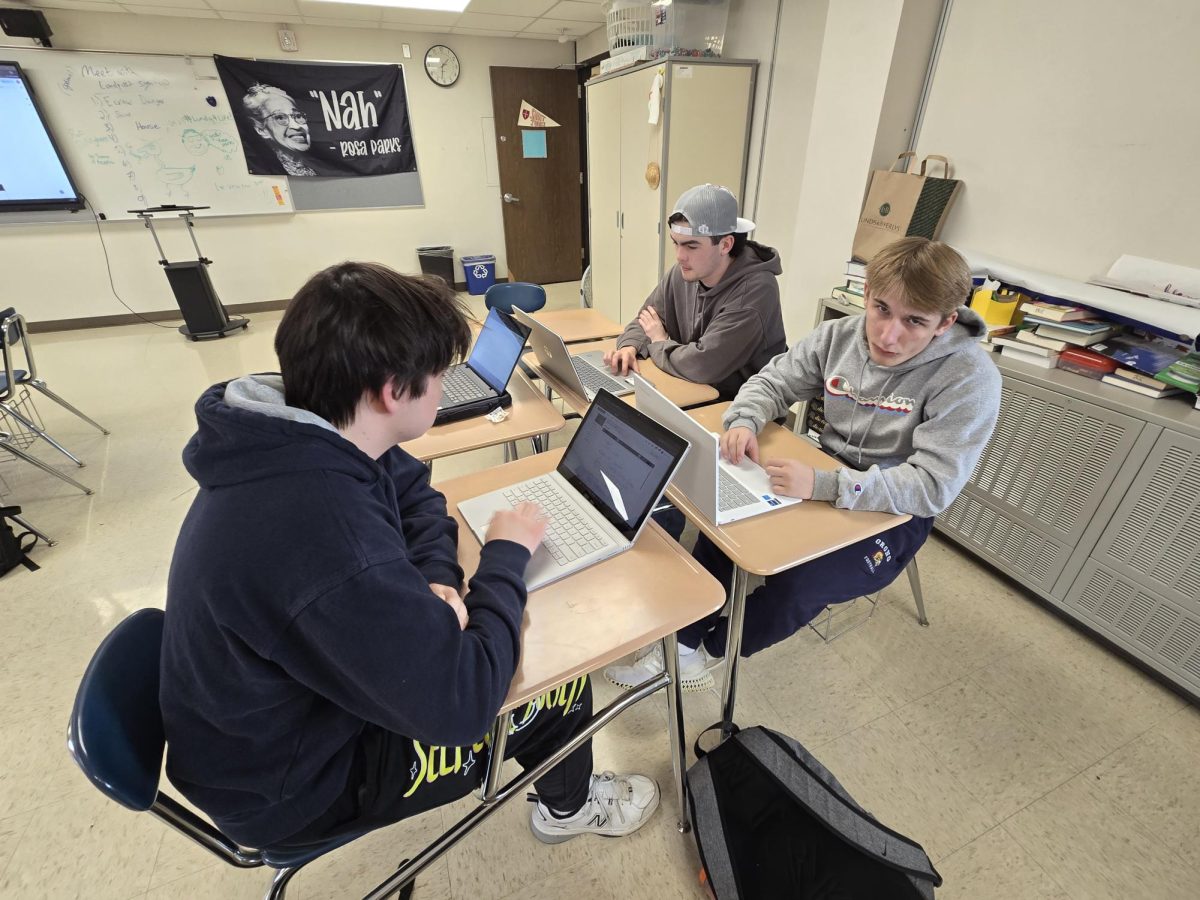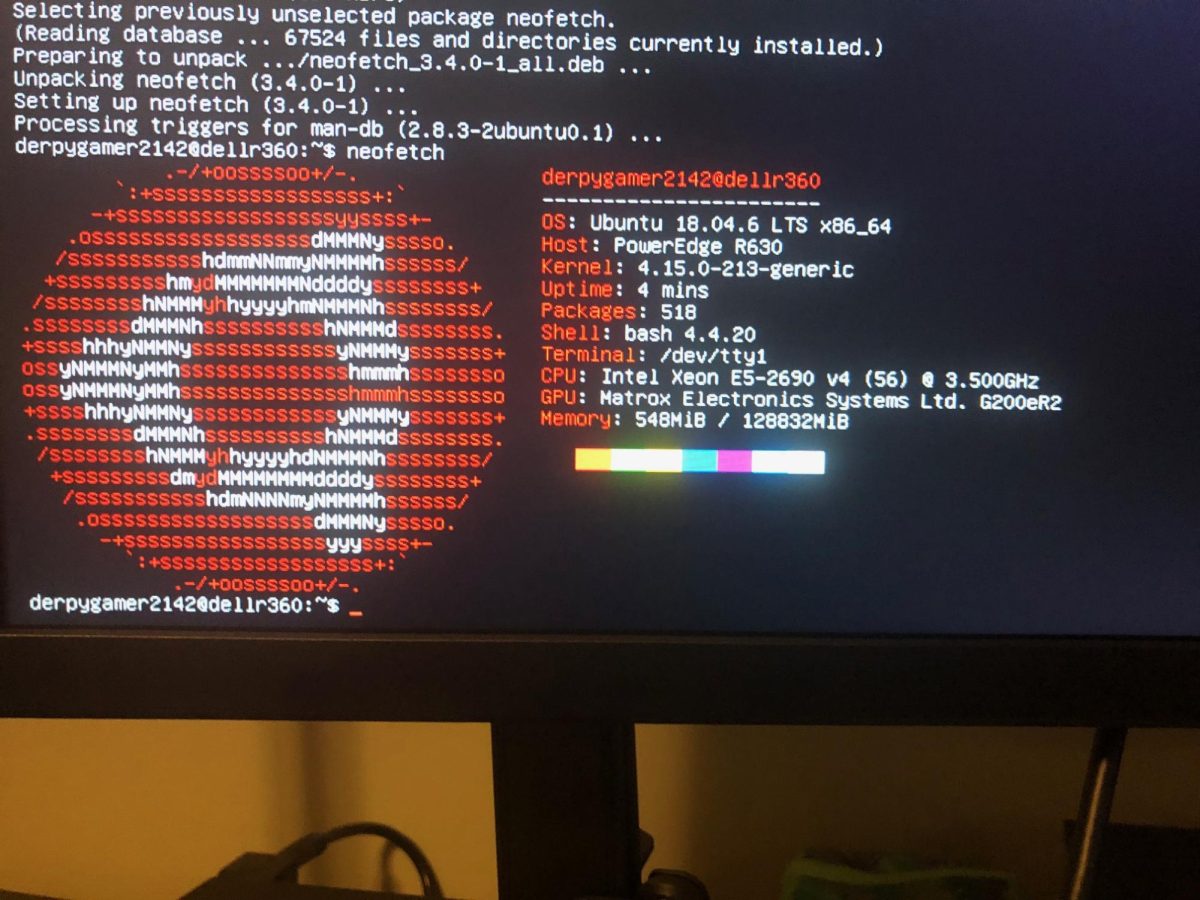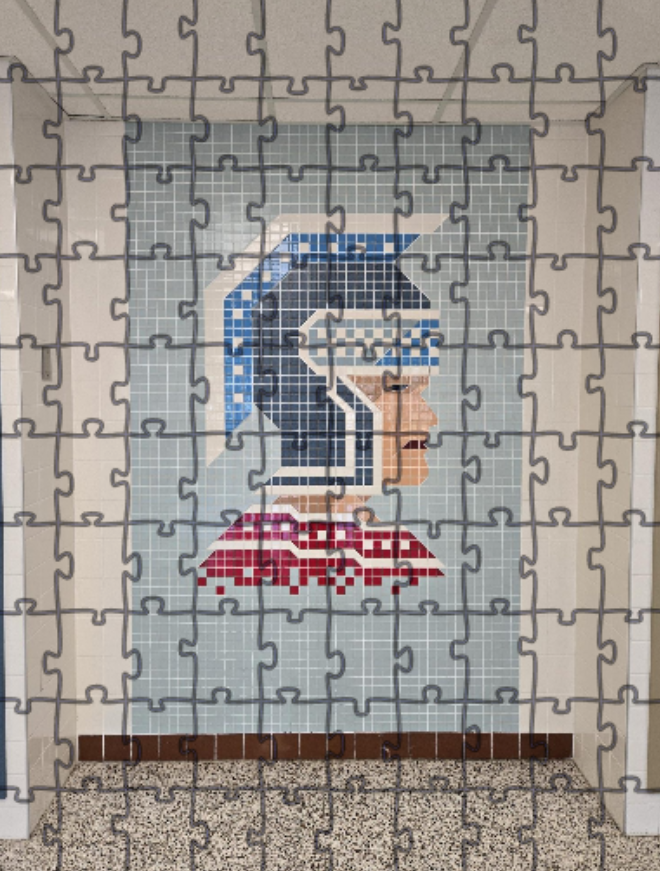FeePay makes its way into Orono Schools

As technology is growing and online banking is the new norm, Orono schools have kept up with the times by implementing a new online paying system called FeePay.
This new system was meant to make paying for school related activities online much more convenient and safe. “I pay for more things online because it’s just more convenient for me,” senior Chloe Richey said. The former system of paying for fees was filling out the permission slip and then turning in the money, via check, to the office.
Along with FeePay, Orono has been adding more technology advancements this school year. One of the newer advancements parents can use is the convenience of putting money right into their child’s lunch account online. By paying for lunch money online, parents are able to monitor what their children are purchasing for lunch at school.
Online banking is becoming increasingly popular because of the convenience and simplicity of it. A study from American Banker said that 80 percent of household internet users bank online. Women have also beat out men with 51 percent of women using online banking to 49 percent of men.
Part of the 51 percent of women from the American Banker study also said that they don’t miss paying anything by mail either.
“I do all my banking online, especially paying for the bills,” English teacher Julie McMerty said.
When any new system is brought in, there are always going to be at least a few problems when it first starts out.“Ties, the company that we get FeePay from, has had problems with setting up two separate accounts to help with clubs paying their fees,” Technology Integration Coordinator Penny Pease said.
At the beginning of the year when FeePay was first introduced, many people wanted to try it out. Because of this, the program was slowed down and almost was not working.
There is an e-mail account set up so that people using FeePay have someone to contact if they need any help. “There has been a low problem percentage at about one percent,” Pease said.
Club fees that were supposed to be paid for on FeePay did not go through because there were issues with the overall system. Because TIES has not fixed this problem yet, students still need to turn in their fees by check to the office.
One of the main reasons that FeePay was introduced, according to Pease, was that the district and auditors for the school said that having so much cash and so many checks laying around was not safe.
In addition, parents asked for an electronic and more convenient system of paying. The system has made families feel more secure regarding where their money is going, and making sure that it gets there safely and securely.
“The reaction [to FeePay] was overwhelmingly successful,” Pease said.
Orono is still in the learning period with this program, but so far it has had an alarmingly big success rate.


